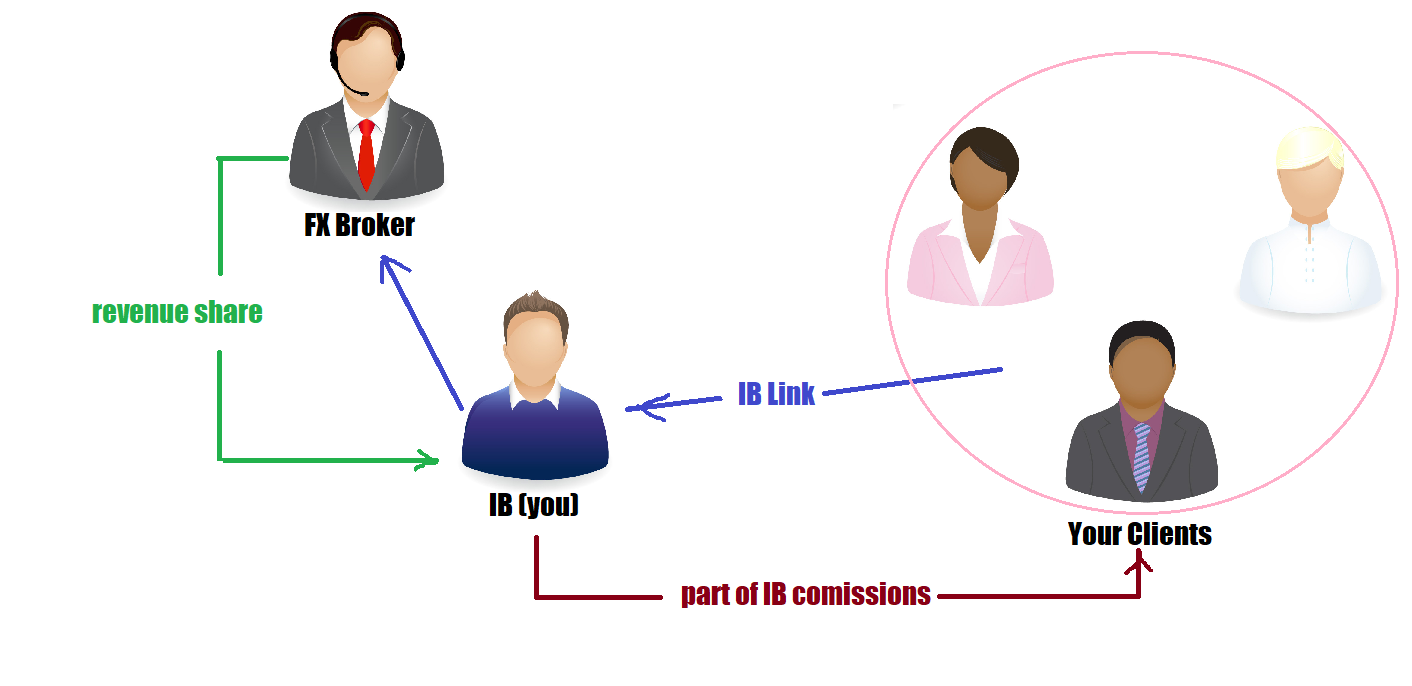Welcome bonus
Let’s look at how you can use lock arbitrage in a situation where your broker is offering you a welcome bonus.
Many brokers offer clients a bonus to attract more customers and grow their business. The so-called welcome bonus can sometimes represent as much as 100% of the client’s deposit. Before you start using lock arbitrage with a broker offering a welcome bonus, you need to understand the terms and conditions attached to the bonus. It is especially important to understand the rules that govern your ability to convert the bonus into real money that can be withdrawn from your account.

Here are the main things to consider when a broker offers you a welcome bonus:
1. The minimum amount of money required to top up the funds in the account in order to receive the bonus.
2. The maximum amount of money required to top up the funds in the account in order to receive the bonus, or the maximum amount of money that can be received as a bonus.
3. The rules that govern the conversion of the bonus into real money. These rules can be numerous, but they come down to the same thing: traded volume. If the broker offers to deposit in your account 20% of the amount that you’ve spent on the commission and swap fees, it is best to focus on your traded volume in order to understand how the broker works and how your calculations should be made.
4. Time limitations. The broker might limit the period of time during which you can convert the virtual bonus into a real one.
Your preliminary calculations should also include your target profits.
As a first step, you should determine the commission fees that you will have to pay.
Let’s assume that your broker’s commission fee is $10 for a round turn of $100,000.
The minimum deposit needed to receive a bonus is $10.
The maximum deposit is $10,000.
The broker offers to pay a bonus that is convertible into cash; the bonus is equal to 20% of the amount you’ve spent on broker fees.
Additionally, the broker stipulates that the bonus has to be converted within 4 months.
For the sake of simplicity, we will exclude swap fees.
Let’s assume that your deposit is $1,000. If the welcome bonus offered by the broker is 100% of the deposit, then the account now has an additional deposit of $1,000. That deposit is a virtual one.
Your target profit is $500 after 3 months of trading.
You open 2 accounts with roughly the same deposit in each account, but the accounts are under different names.
In order to convert your $1,000 virtual deposit into real funds, you need to pay the broker $5,000 in commission fees ($1,000 / 20% yields $5,000).
This means that the traded volume has to be 500 standard lots ($5,000 / 10).
Although we have 4 months to convert the bonus, there might be days with little volatility as well as holidays when the market is closed. You therefore give yourself some margin and reduce the period to 3 months. Let’s figure out the daily traded lot size. The calculation is as follows: 500 / (22 x 3), where “22” represents the number of business days in a month, and “3” represents the total number of months you have. This works out to a daily traded lot size of 7.57.
For a deposit of $2,000 and a leverage of 1:100 (i.e., your deposit of $1,000 + the virtual deposit of $1,000), the lot size across 5 currency pairs should be 0.02 per pair (the total lot size, then, should be 0.1, calculated as 0.02 x 5). You therefore need 75.7 situations (7.57 / 0.1) in order to be able to convert the bonus. In order to obtain this kind of activity, you need to find an optimal value for the difference to open. The value should be small enough to generate a daily minimum of 76 arbitrage situations, yet large enough to ensure that daily losses do not exceed $22.72 [1500 / (22 x 3)]. In that case, during the conversion period (3 months), you will lose $1,500 out of $4,000, while your profit will be $500. This calculation is just an example, but it shows how you can still develop a realistic action plan that makes it possible for you to use arbitrage trading with a broker that offers a welcome bonus - you will still be able to make a profit overall, even if execution times leave room for improvement and your arbitrage trading results in a loss.
Also, bear in mind that we used rather unfavorable terms in our example insofar as profitability and leverage (1:100) assumptions are concerned. The time limitations we chose are also unfavorable (many brokers have no time limitations at all).
Given an increase in the leverage and the deposit (i.e., the deposit as a percentage of traded volume added to the account), it will be easier for you to meet the broker’s deposit conversion requirements, in which case we recommend that you increase the difference-to-open value.
If your broker offers accounts, to implement this strategy you will need Lock Arbitrage Software for accounts or VIP Lock Arbitrage
If broker offers accounts, to implement this strategy you will need VIP Lock Arbitrage for accounts
Revenue share
You can obtain even better results if, instead of a welcome bonus, the broker offers large rebates through an IB program.

Some brokers offer as much as 85% of the company’s income in such rebates. In that situation, though you lose money in both accounts, you can earn profits exceeding 100% if your traded volume is big enough. Initially, it is advisable to enter a few test orders to gauge the size of the IB commission fees that you’ve earned. Once you’ve determined the size of the fees, you can set up the program in such a way that losses in the accounts are smaller than the profits earned from the commission fees. If you do it properly, and assuming that the IB commission fees are in the vicinity of 80%, you can earn some $2,000-2,500 for every $1,000 lost in the accounts.
If your broker offers accounts, to implement this strategy you will need Lock Arbitrage Software for accounts or VIP Lock Arbitrage
If broker offers accounts, to implement this strategy you will need VIP Lock Arbitrage for accounts


boris fesenko
posted on Tuesday, April 21, 2020 4:06:39 PM America/New_YorkVIDEO: https://youtu.be/oB9XXp0Lqzg
I added two brokers, I7 and Fix Primus. As I said for 2d MT4 Broker we will always just hold the position for EURO USD on long in order to hedge risks. On the 1st MT4 Broker we will trade Euro USD. To set up the pair, set the left side is IC Markets, the right FX Primus, and set the lot to be equal. We will also set the spread to maximum on the left side so that the spread does not filter exit and entry point. On the 1st MT4 Broker side the spread will be set to 15 points, or 1.5 pips which will allow us to gain a profit using the $17 commission. Also to always have a positive swap, here will will only open sell positions and here we will only open buy position. So the 1st MT4 Broker will go to sell and the 2d MT4 Broker hedging position will only go to by.
Furthermore, the difference to open will be set to -100, and the difference to close will be a large number, such as 1000. The difference to open will be set to -100 so that it will open right away when the spread is 15 points. The difference to close will be set to 1000 so that the deal doesn't close right away, and I will explain this soon Order lifetime will also be set to 120 seconds so that there aren't many opens and closures. Now there is nothing else to set up, so we will just press ok. Now we will activate the pair. We will wait until the spread on the second pair is 15 points and the deal will be open.
As we wait I will remind you that the 2d MT4 Broker side will only be used to hedge, so the deal in long for euro usd will always be open and the short for 1st MT4 Broker will be reopened in order to create the volume to receive the IB commission. The deal has opened so I will go to the pair settings again. Here I will set it to virtual so all of the following orders on the 2d MT4 Broker side will be open virtually. There will always be one order there and the rest of the orders we won't ever touch. We will enable order management and set this to 120, meaning 120 seconds or two minutes. This means that in two minutes this order will close, only the sell on 1st MT4 Broker side, and on the 2d MT4 Broker side it will still be there as the next position opens virtually. Once again, on the 2d MT4 Broker the order will always be open on long buy and on 1st MT4 Broker the orders will reopen on sell, creating the volume to receive the IB commission. Once again, we will wait. The two minutes are coming to an end, and the order should soon reopen. Now we can see that the real order on the 2d MT4 Broker side is still there, while the 1st MT4 Broker side has reopened. And now here the orders will always be virtual as the real order is still there. And we will open and reopen on the 1st MT4 Broker side, while the 2d MT4 Broker side is hedge, creating the volume allow us to receive IB commission.